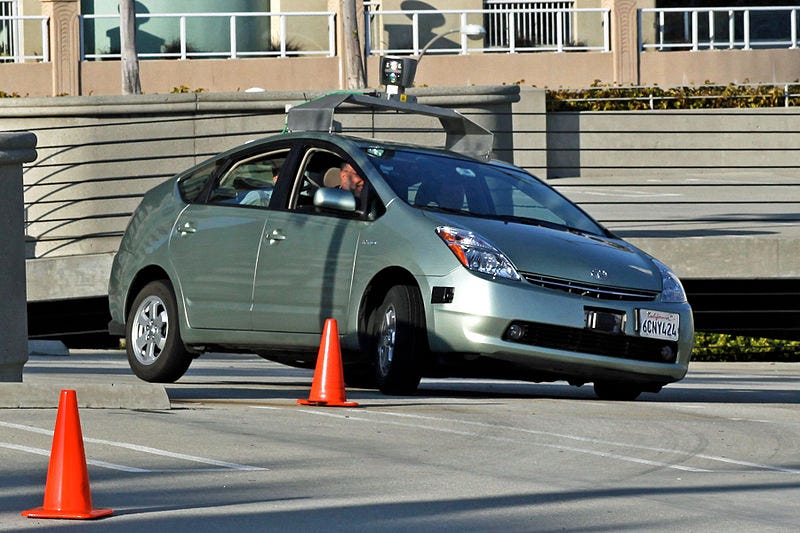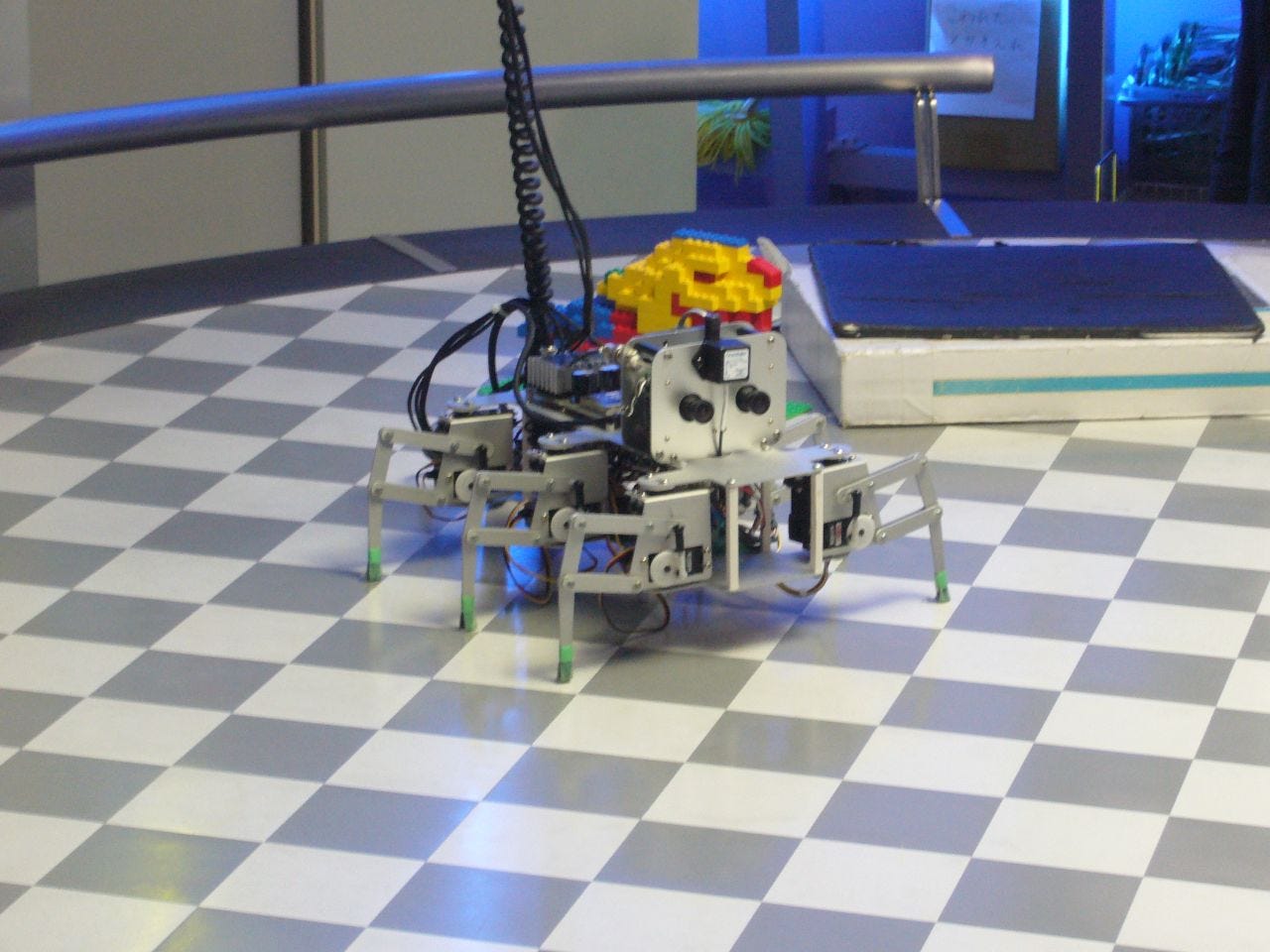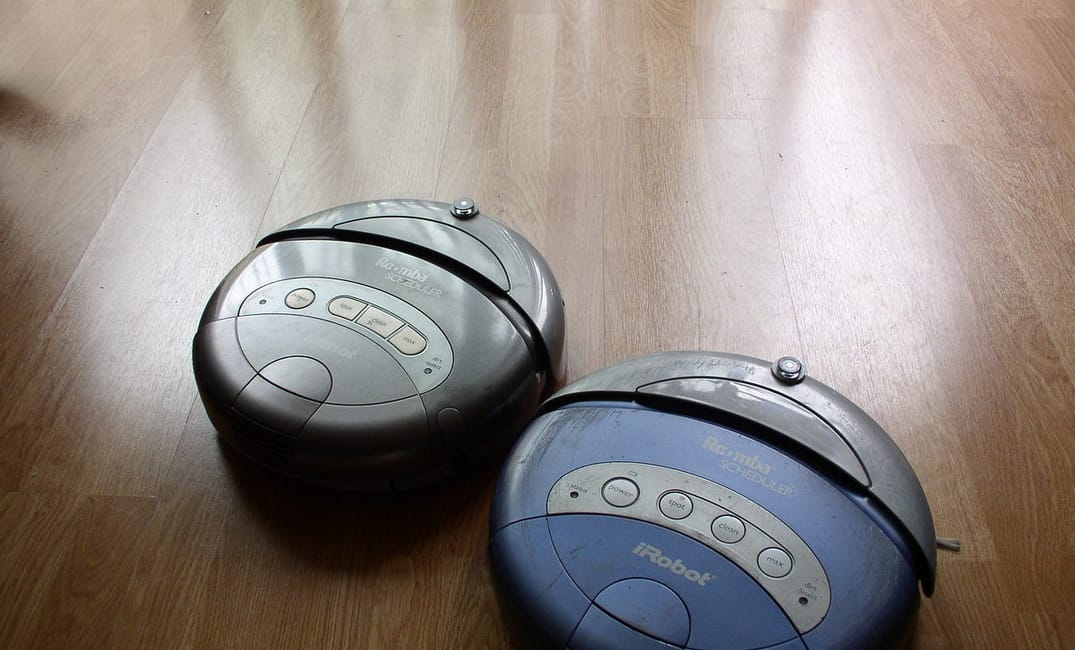
The “next wave of economic dislocations” will not come from outsourcing or immigrant labour, declared Barack Obama during his farewell speech, but from automation.
This is news to Donald Trump, who places the blame for American job losses on China and Mexico, but the data show his statements reflect racism, not reality. Between 2000 and 2010, 5.6 million manufacturing jobs were lost, jobs that Trump has promised to “bring back” to America.
But here’s the thing: these jobs never actually left. Up to 85 percent of them were automated, not outsourced, and even Carrier has acknowledged it will automate the jobs it didn’t send to Mexico after its deal with Trump.
People are rightfully scared of automation because they have leaders who prefer to ignore the problems it is creating instead of offering hopeful solutions. The middle class is being hollowed out; more people are being forced into low-wage work; and their insecurity is leaving them open to the lies of Trumpian snake-oil salesmen (and saleswomen).
But we should be very clear. The 5.6 million manufacturing jobs that have been lost are just the beginning. Millions more jobs will be automated in the coming years, and if nothing is done to provide security for people, the negative impacts we’re already seeing will only be amplified. And that will be good for no one.
Silicon Valley is both leading the push toward automation by developing some of the very technologies that are displacing people from their jobs while making other jobs more precarious through the proliferation of the gig economy. However, some tech leaders are also presenting a solution to this economic time bomb by advocating for a basic income.

The Driverless Future
According to Oxford University, 47 percent of US jobs could be automated within 20 years. PricewaterhouseCoopers put the number at 38 percent within 15 years. Either way, that’s a lot of people who are going to lose their jobs, and it’s highly unlikely that they’ll simply move into new industries and be paid the same income. The scale of the coming automation is simply too large, especially when some of the largest industries are in Silicon Valley’s crosshairs.
If Obama’s White House was right, up to 3.1 million drivers could have their jobs automated, including nearly all the country’s 1.7 million truck drivers — and that doesn’t count all the jobs that depend on those drivers. Think of the gas stations, motels, restaurants and garages that get a lot of business from drivers, and how they’ll struggle without them. The American Trucking Association estimated that there were 7.4 million such jobs in 2014.
There’s an ongoing race between tech companies and transport truck manufacturers like Daimler and Volvo to see which will be the first to automate the industry and reap the rewards that come with it. Uber joined the fight in 2016 when it bought Otto, a start-up working on software to automate truck drivers, but those aren’t the only drivers in Uber’s sights.
Taxi drivers have already felt the impact of Uber’s modern, convenient and low-cost alternative, which is possible only because many of its drivers are the very people who have already lost middle-class jobs to automation and restructuring, and have been forced to drive for Uber to earn enough to survive. But while taxi drivers are suffering now, even Uber drivers will lose their shitty jobs when the fleet gets automated.
Delivery drivers aren’t being spared either. UberEATS is one of a number of gig-economy apps that are turning deliveries into low-paid, precarious gigs ahead of full-scale automation. Amazon wants to take the next step and replace delivery drivers with drones, but its business model is also upending and automating the retail and warehousing industries.

Transforming How We Shop
E-commerce has jumped from an average of $30 billion in annual growth during 2010 to 2014 to $4o billion during the past few years, and Amazon surely accounts for a good chunk of that increase. Retail employs 1 in 10 Americans, yet store closures have accelerated since October 2016, and more than 89,000 people have been laid off. Suburban malls are struggling, which means more closures are on the way, but don’t expect Amazon to pick up the slack.
It’s true that Amazon has been on a hiring binge over the past couple of years, and it’s made a point of promoting the jobs it has created since Trump’s inauguration, but there are three things to understand about these jobs: the company is growing rapidly so it needs workers; these jobs don’t pay very well; and Amazon will automate as many of these jobs as possible, as soon as possible.
In 2016, Amazon had 45,000 robots working in its warehouses, and it had been adding about 15,000 each year. The company claimed that those robots didn’t displace workers, but that’s only because its growth has been so strong. There’s no question that fewer people have been hired as a result, but limitations in the abilities of the robots kept more jobs from being replaced. That may soon change.
The problem with the existing robots is that they can move things around the warehouse, but they can’t pick individual items to pack an order. However, progress is swiftly being made on such a robot, further reducing the number of tasks that human pickers will be needed for, and thus reducing the number of workers Amazon will need in the future.
Don’t believe that robots are replacing jobs? A recent study looking at US industrial automation from 1990 to 2007 found that each robot added to the economy reduced employment in the surrounding area by three to six workers and lowered wages by 0.25 percent to 0.5 percent. Those may seem like small numbers, but when you consider that there are currently 1.5–1.75 million industry robots in operation, and that they’re expected to double by 2025, the impact becomes difficult to ignore.
The media acts as though Amazon is going to save retail every time it tests a concept store — most recently, by claiming the company was going to open 2,000 grocery stores (it’s not) — but if Amazon does open any number of stores, they won’t be like stores of the past. Instead, they’ll be highly automated, making use of technology to promote its own products with the lowest possible number of low-paid staff.

Financial Security for All
Workers are going to suffer if millions of jobs are automated and their only alternative is to accept whatever low-paid bullshit job or exploitative gig they can find. While politicians have not been leaders on this issue, that doesn’t mean there aren’t solutions being presented.
Chief among them is the idea of a basic income, which has gained a lot of traction during the past few years, and in Silicon Valley in particular. Elon Musk has argued that it will be necessary because robots will be able to do many jobs better than humans, while Mark Zuckerberg recently endorsed the idea in a Harvard commencement speech as part of “a new social contract” that will give people the confidence to take risks without fear of failure.
Many supporters of basic income like that it’s much simpler than the traditional welfare state. Instead of a series of means-tested programs, a basic income provides everyone with a set amount of money, regardless of their situation. Further, many libertarians in favour of basic income argue that the welfare state should be abolished in order to fund it — some even suggest replacing the progressive income tax with a flat tax.
Allan Sheahan was among this group of people. In a 2006 proposal, he argued for a basic income of $10,000 for every adult and $2,000 for every child. The $1.9 trillion program would be paid for with slightly higher taxes on the rich — though he did present an alternative proposal for a 35 percent flat tax — along with cuts to defence and the elimination of “all of the tax breaks and over half of the welfare programs.” Among the areas facing significant cuts? Education, housing and support for veterans.
Instead of proposing to abolish important programs that help people, Matt and Elizabeth Bruenig presented a different plan. Their version of a basic income would only be $3,000 a year, costing $907 billion, but would be funded by a series of tax increases (primarily on the rich), eliminating tax exemptions that benefit the wealthy and slashing the budget for the military. While it may not pay as much, their proposal makes a lot more sense but somehow may be considered less “realistic” because the right has so successfully created the myths that the military budget cannot be cut and that the rich will flee if they have to pay their taxes.
A comprehensive proposal to establish a basic income of 10 percent above the poverty line, or $13,266 a year, was also developed by Scott Santens, one of the policy’s leading advocates. Instead of decimating the existing welfare state, he identifies a small number of specific welfare programs that would no longer be necessary if people have a basic income, while suggesting a slight reform of Social Security and the implemention of several new taxes on carbon, land and financial transactions, as well as a value-added sales tax. Without considering the political capital that would be needed to implement such a program, Santens’s proposal seems to be a worthy and considered compromise that would eliminate poverty while addressing some of the inequalities that exist within the current framework.
Is Basic Income the Solution?
Clearly, the range of options for a basic income is vast. Its supporters claim it is neither left nor right, but “forward.” It’s a fantastic slogan, but it isn’t necessarily the reality. Left-wing supporters see basic income as a way to lift people out of poverty and protect them from capitalism’s boom-and-bust cycle, while those on the right want it to elevate the individual and reduce the role of government. Whether basic income is truly a progressive step forward depends on how it is implemented.
There are a number of experiments that will inform the basic-income debate, but Finland’s pilot program is showing both its risk and reward. Participants are already feeling lower levels of stress, but the planning process showed how governments have significant power to determine its structure. The trial initially had a broad scope to examine the impacts of basic income on many different groups. However, it mutated into “the UBI-as-workhouse nightmare” when the governing Centre Party narrowed its focus to ensure it acted primarily to promote employment.
Basic income is an intriguing proposal, but its high cost and questions over how it would be implemented also leave many questions. Thomas Piketty, who drew the world’s attention to the growing crisis of inequality in his bestselling book, Capital, wrote that the discussion about basic income “leaves the real issues unexplored and in reality expresses a concept of social justice on the cheap.”
In other words, it’s great that basic income provides economic security for people — that must remain a central focus for any vision of how to respond to automation —but does it ignore larger questions about how our society works? We need to rethink our policies and institutions, but basic income alone is not enough. There must also be investments made in education and health care, major changes to the tax code and a restructuring of the economy. If work is automated, why should a small number of rich people own all the robots?
Despite their support for basic income and advocacy for automation, it seems unlikely that many tech CEOs would entertain such a question. To them, basic income is the means to appease the masses whose jobs are being lost or who are being forced into low-paid precarity. It seems hard to imagine a conversation about collective ownership of their robots making it far in Silicon Valley, yet if we reach a point where most work can be done by robots, why shouldn’t the benefits be shared instead of captured by a small number of billionaires?
Automation presents the possibility of a world in which we can all work less and spend more time enjoying our lives, but that’s only if we all benefit. Basic income may be part of the way to achieve that goal, but we must pay close attention to how governments propose to implement and fund it. It’s those details that will determine how progressive a policy it will truly be.







